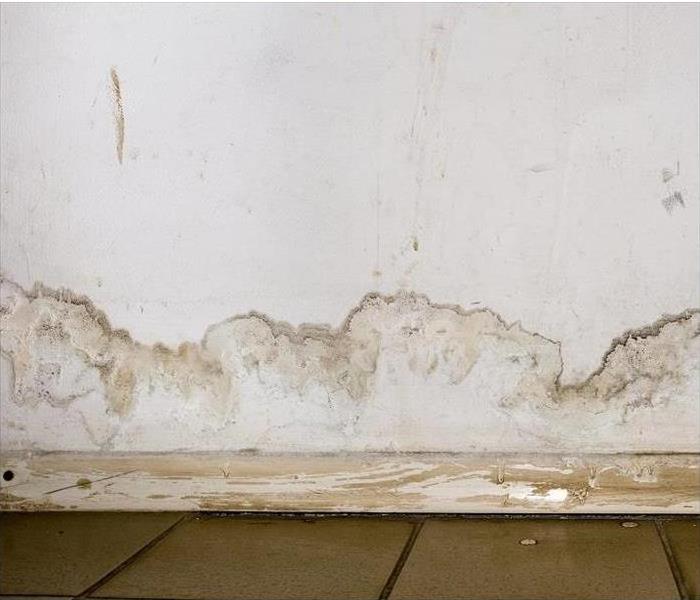SERVPRO Gives Tips for Drying Water Damaged Walls in Niagara Falls
9/12/2022 (Permalink)
 Water damage is a common occurrence in homes. Just a little water can ruin walls. SERVPRO has the know how to fix the damage.
Water damage is a common occurrence in homes. Just a little water can ruin walls. SERVPRO has the know how to fix the damage.
Effective Wall Drying Techniques for Niagara Falls Homes
Because of our growing knowledge of rapidly changing industry standards, equipment, and practices, we are well prepared for the needs of your Niagara Falls home after a water loss. We can work to slow or entirely stop the water migration throughout the property with our initial arrival, establishing clear drying zones for moisture removal over the days following our first visit.
Structural cavities and wallboard are among the most challenging materials and elements to dry and restore, leading to many critical decisions during water damage restoration in Niagara Falls homes. Although the project manager and estimator determine many initial choices during the scoping phase, we must also continually monitor changes in water migration and newly saturated materials to determine the best course of action when recovering a water-damaged residence.
Drying walls and similar materials typically come down to three potential practices that might need to get implemented to protect either the sheetrock or structural cavities and framework beyond this wall layer. For example, additional demolition beyond what occurred in the pre-mitigation phase might be necessary. It is also possible that cavity injections with positive or negative pressure systems can now benefit the drying process. Lastly, addressing vapor barriers can be another challenge that changes regularly, and our technicians must vigilantly monitor when these barriers exist and should be perforated.
While balancing the presence of air movers and dehumidifiers is also an essential restoration practice, there are numerous points throughout the drying process when these machines must move to new locations. This practice continues to provide constant moisture removal from affected surfaces and prevents water damage to materials and contents from over-drying.
There are many ways that we can maximize the drying of wall materials in your home. We can reduce the need for tear-out and reconstruction through the appropriate placement of drying tools to more intricate practices like injecting structural cavities and perforating vapor barriers. Give our SERVPRO of North Niagara County team a call today at (716) 299-0330.






 24/7 Emergency Service
24/7 Emergency Service